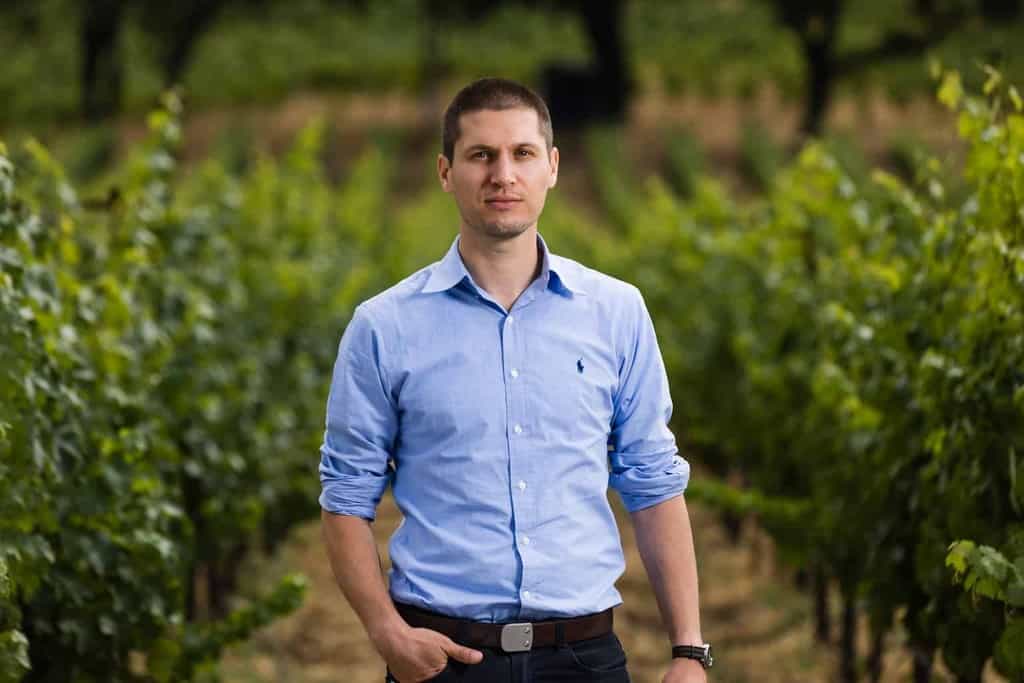There are few individuals within the wine industry who have not heard of Chateau Montelena. A once relatively unknown producer from California’s Napa Valley founded back in 1882, Chateau Montelena helped to launch the Napa Valley wine region onto the world-stage following a blind wine tasting in Paris in 1976 (known as the Judgement of Paris).
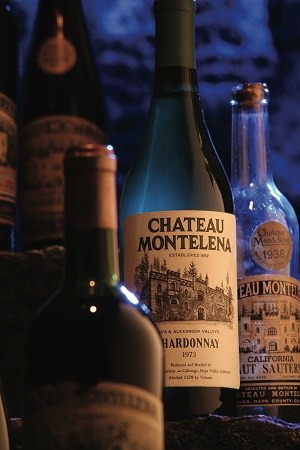
A British wine merchant by the name of Steven Spurrier sought to compare the Chardonnay varietal and an assortment of Red Wines from France and California. Of the 11 professional wine judges present, each awarded their best scores to Chateau Montelena’s 1973 Chardonnay along with another California producer. When the wines were revealed, the judges themselves and wine consumers around the world were stunned. Until this point, it had always been assumed that France had better winemaking terroir and techniques.
That being said, the California wine industry has much to thank Chateau Montelena for. Today, the same passion and artistry for wine production continues at the winery (located in the Calistoga AVA), in large part due to effort put forth by current winemaker Matt Crafton.
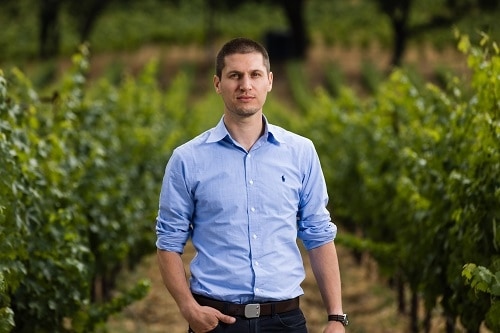
Chateau Montelena’s Winemaker Matt Crafton
Matt’s passion behind winemaking and Chateau Montelena began while finishing a degree in Economics at the University of Virginia. He discovered a letter from Thomas Jefferson to George Washington extolling the virtues of agriculture which led Matt to the surrounding Shenandoah Valley where the Virginia wine industry was taking root. Upon graduation, he chose to pursue a career in winemaking, working in wine cellars both in the East and in California, sharpening his palate and his appetite for wine knowledge. He then went on to graduate from UC Davis with honors and a degree in viticulture and enology which led to joining Chateau Montelena as Assistant Winemaker in 2008. Matt was named Head Winemaker of Chateau Montelena in 2014
Winetraveler had the opportunity to speak with Matt to better understand what’s happening at this famous winery today, and where the Chateau Montelena team seeks to take the brand into the future. Additionally, we spoke with Matt to get an insider’s perspective on visiting Napa Valley and what he recommends Winetraveler’s should do while in the area.
Interview with Chateau Montelena Winemaker Matt Crafton
Winetraveler (WT): Could you explain Montelena’s progression of its winemaking style… from the founding of the winery, to its current production practices?
Matt Crafton (MC): Just between our CEO, Bo Barrett, and our Vineyard Manager, Dave Vella, we have 70+ years of viticulture and winemaking experience on this property. If you look at the history prior to Barrett ownership, Alfred Tubbs owned the property in 1882 and transformed the rugged plot of land into a thriving vineyard in less than a decade. Winemaking was temporarily put to a halt due to the onset of prohibition. The next major era began in 1972 when James Barrett purchased the Estate, replanted the vineyards, refitted the cellars with modern equipment and completely overhauled the winery. Through our longevity, we’ve inherited a wealth of knowledge and institutional memory that has helped us deeply understand the land and thus, continuously improve each vintage.
Today, we relish our legacy of innovation and perseverance, two values that most wine drinkers wouldn’t necessarily associate with Montelena until you visit or meet us in person. We always try to break down and understand why something works at a fundamental level before attempting to improve on it. That drives in-house research, trials in the cellar, and new ideas. Consequently, in both the vineyard and winery, we employ some very traditional techniques that are incredibly effective, but also plenty of cutting-edge practices, driven by in depth experimentation and R&D.
WT: In what ways, if any, did the 1976 Paris Tasting affect how Chateau Montelena produced its wines?
MC: I’m asked quite frequently if we still use the same ‘recipe’ for our wines as we did in the 1970s. We’re not interested in recreating a specific goal, such as the exact flavor or aroma profile—but instead to better our understanding of the how the vintage can be more purely expressed through the lens of our growing site. So it’s more of an intellectual challenge coupled with process as opposed to a specific, quantifiable end goal. The beautiful piece of this is that, if we do our jobs correctly, you’ll still taste ‘Montelena’ in every vintage, just in different ways.
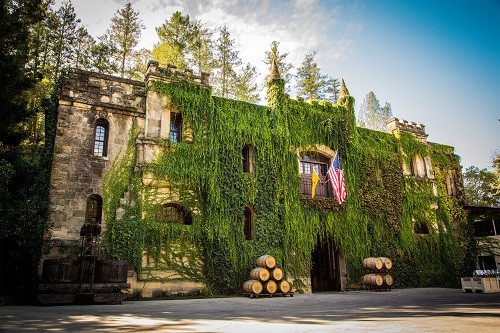
WT: Our readers ask us frequently about Chateau Montelena. What tasting and tour options do you recommend? What’s popular, trending and what visitation strategies might you recommend to have the best experience and avoid crowds?
MC: It really depends on the type of experience that you’re looking for. We attract a wide variety of visitors so we have a tasting experience for everyone from the collector to the novice. For a more casual visit, we offer walk-in, current release tastings daily. We also have an Estate tour and tasting by appointment where you can learn more about the history of Montelena through a guided walking tour around the property. If you’re looking to dive deeper into the Chateau Montelena portfolio, we suggest booking one of our seated library tastings and explore our ageability through some of the older vintages. Your experience will also vary a bit depending on the time of year you visit. Winter tends to be quieter with fewer visitors and is a more relaxed environment. This is in direct contrast with harvest, which is fast-paced and exciting.
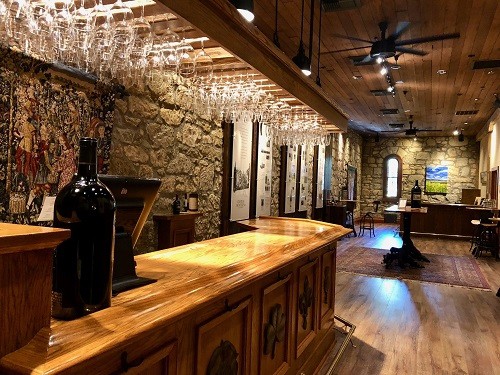
WT: What can a visitor expect to experience at the Montelena property and its tasting room locations?
MC: Located in Calistoga, the scenic landscape at Montelena offers a glimpse into our fourteen decade history. The stone chateau carved into the hillside and the Chinese gardens of Jade Lake are each a mark on the Estate from its founding residents. Our vineyards encompass 120 acres, extending to the base of Mt Saint Helena and are blessed with all three of Napa Valley’s soil types, providing a rich pallet to create our wines. If you’re unable to make the trip out to Calistoga, we also have a newly remodeled, satellite tasting room in San Francisco tasting room at the Westin St. Francis.
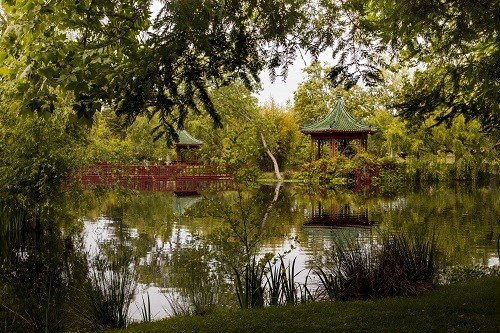
WT: What is Chateau Montelena doing that differentiates its wines from the competition? Terroir-driven, production practices, etc.
MC: Montelena is unique in that despite our deep history and legacy, we’re one of the most forward looking brands in the valley. We’re all about charging ahead and staying in the lead. One of the things that I’m most proud of is that there’s no formula in any of the wines we make and are given the creative freedom to reinvent the vintages year after year. For us we have two goals: our wines should be made to age with complexity and should also be delicious. When I’m creating our Estate Cabernet, I’m not thinking about what this wine is going to taste like upon release. Rather, I’m considering what this wine is going to look like in 10, 15 or 20 years. That’s our perspective and long game.
WT: Do you have any events on the horizon that our readers should know about?
MC: Harvest is on the horizon, which is really the biggest event of the year for a winemaker. It’s an unbelievable time to visit and experience what makes Chateau Montelena and the Napa Valley so special. There’s nothing else like it in the world.
WT: Do you have any personal recommendations for visiting Napa Valley?
MC: I always recommend having a basic plan in place and making reservations in advance. Most wineries, hotels, and restaurants are small and they may not be able to accommodate you on short notice. So book well ahead if there’s something you absolutely need to see or do. Our offerings here at Montelena tend to fill up quite quickly so definitely reach out beforehand.
What you experience will also vary quite a bit depending on the time of year you visit. Winter tends to be quieter with fewer visitors and a more relaxed environment. This is in direct contrast with harvest, which is fast-paced and exciting. Just don’t over-commit or over-schedule. Stick with 2-3 wineries per day and fill the gaps as they come up, or just relax and soak in the vibe.
WT: What are some of your favorite things to do?
MC: Being a local, I stay off the beaten path most of the year. There are so many great ways to enhance your visit with outdoor activities given our climate and topography. Hiking up the Oat Hill Mine Trail, bicycling in Skyline Park, or paddling up the Napa River are great ways to see the beauty of this valley from a different perspective.
WT: Where do you eat in Napa?
MC: It’s patently difficult to find a bad meal here. I have little kids so we tend to frequent places like the Oxbow Market in Napa that offer plenty of food choices along with a lively atmosphere. Calistoga certainly has plenty of easy-going, small town charm and an excellent variety of cuisines as well. For something special, the team at Press in St. Helena has a thorough wine list with older, rare vintages that can’t be found elsewhere. Oh, and we really love RH in Yountville. But seriously, it’s hard to go wrong.
WT: Hotel recommendations? Our readers love insider perspectives.
MC: The last thing you want to do is choose a hotel that’s far away from where you want to visit. So start there. If the wineries you’re interested in are up-valley, stay in Calistoga or St. Helena to minimize your time on the road. Solage or Indian Springs in Calistoga will provide an exceptional experience. Down-valley, the River Terrace Inn and the Andaz are excellent choices in Napa. The Meritage is popular and a little further out of town for those who’d prefer that. The Bardessono in Yountville is flat out beautiful and luxurious.
WT: What’s a wine region that inspires your winemaking practices?
MC: Given the wines we make, it shouldn’t be a surprise that we take some of our cues from Burgundy and Bordeaux. But Napa is really its own unique region and our winemaking is much more granular. We adapt our winemaking practices to our incredibly special vineyards. That’s where the magic is.
WT: What wine region would you like to visit next, why?
MC: I’d like to visit the Piedmont in Italy. I love Nebbiolo and we haven’t quite figured out how to do it well in California (yet).
Did you enjoy our interview with Matt? We certainly encourage you to see the property and their production techniques in person. You can learn more about how to visit Chateau Montelena here.
